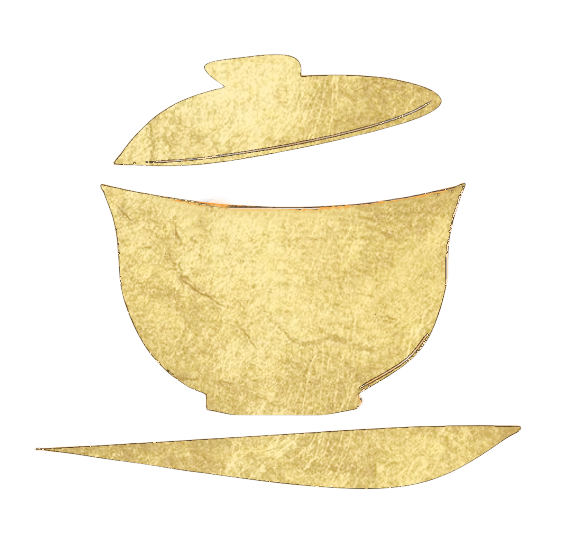Duyun Green tea | Green Tea Weight Loss
Duyun Green tea | Green Tea Weight Loss
Caffeine: Low
Flavor: Mellow\Floral
• Fresh, Mineral & Naturally Sweet Taste, 100% Natural
Offers a silky texture with vibrant freshness, a distinct mineral note, and a lasting sweet aftertaste (Huigan), crafted from purely handpicked pre-Qingming buds and leaves.
• Enhances Mental Alertness & Clarity
Known to gently uplift the senses, sharpen focus, and provide a refreshing boost of calm energy, rich in natural antioxidants.
• Heritage Green Tea from Duyun, Guizhou's Misty Peaks
Grown in the high-altitude valleys of Duyun and processed using traditional intangible cultural heritage methods. Best for balancing Wood element energy.
Couldn't load pickup availability
Share




Blog posts
View all-

10/10 Would Recommend: The Healthy, Daily Ritua...
Discover why our Organic Rose Tea & Ceramic Mug Set is the Christmas gift she'll treasure daily. Featuring Xinjiang organic roses, premium Yunnan black tea, and authentic Ru Kiln ceramics,...
10/10 Would Recommend: The Healthy, Daily Ritua...
Discover why our Organic Rose Tea & Ceramic Mug Set is the Christmas gift she'll treasure daily. Featuring Xinjiang organic roses, premium Yunnan black tea, and authentic Ru Kiln ceramics,...
-

How to Store Pu-erh Tea: Aging Tips, Probiotic ...
Discover how to properly store Pu-erh tea (sheng & shou) to prevent spoilage and unlock its full aging potential. This guide covers humidity, ventilation, microbial benefits, and how Pu-erh evolves...
How to Store Pu-erh Tea: Aging Tips, Probiotic ...
Discover how to properly store Pu-erh tea (sheng & shou) to prevent spoilage and unlock its full aging potential. This guide covers humidity, ventilation, microbial benefits, and how Pu-erh evolves...
-

Raw vs. Ripe Pu-erh Tea: What’s the Difference?
Curious about the difference between Raw and Ripe Pu-erh? In this article, we explore their production methods, flavor profiles, fermentation process, and health benefits—plus real customer feedback to help you...
Raw vs. Ripe Pu-erh Tea: What’s the Difference?
Curious about the difference between Raw and Ripe Pu-erh? In this article, we explore their production methods, flavor profiles, fermentation process, and health benefits—plus real customer feedback to help you...







